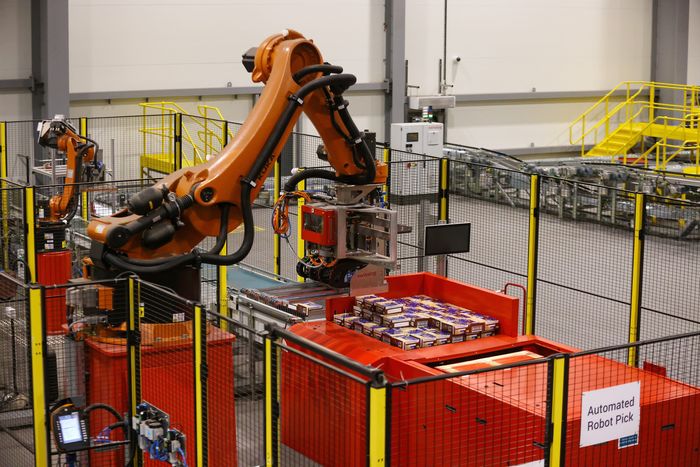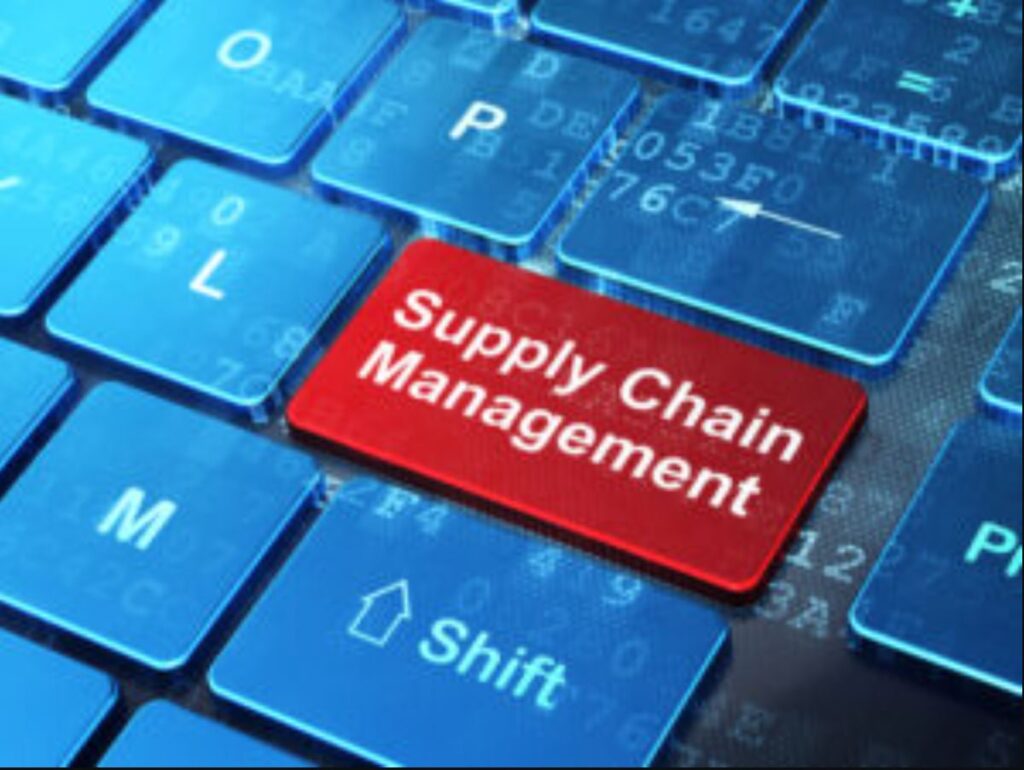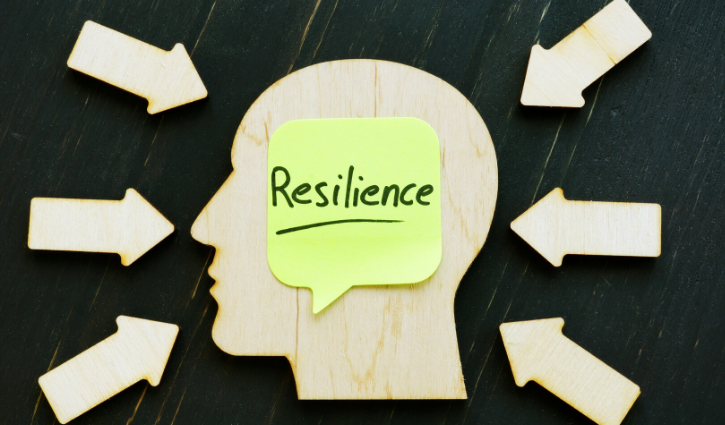
Organizations are increasingly turning to data analytics to navigate supply chain disruptions and to enhance their SCM efforts. Here’s how to do it right.
The worldwide supply chain challenges that plagued companies in multiple industries throughout 2021 are continuing this year. One potentially effective solution for addressing supply and demand issues is to leverage data analytics.
Professional services and consulting firm KPMG in a recent report notes that several major disruptions are currently affecting supply chains. These include the ongoing global logistics disruptions stemming from the COVID-19 pandemic that continue to impact businesses and consumers — as the flow of goods into key markets is restricted by shutdowns of major global ports and airports.
The major logistics disruptions create a ripple effect across global supply chains that ultimately cause goods to pile up in storage, the firm says. Assuming that these disruptions decrease and access to sea and airfreight reverts back to pre-pandemic levels, it will likely take some time before things return to normal, it says.
Other factors contributing to supply chain problems include production delays, over reliance on a limited number of third parties, and labor market shortages. The report also points out that many companies are investing in technologies to automate key nodes within the supply chain.
This year will see an accelerated level of investment, KPMG says, as businesses look to enhance critical supply chain planning capabilities by adopting more advanced “digital enablers” such as cognitive planning and AI-driven predictive analytics.
“The onset of new technology has fundamentally changed the way supply chains operate globally,” the report says. “The consumers are becoming more demanding, and this is leading the supply chains to change and evolve at a faster rate. Modern operations are focused on technology and innovations, and as a result, supply chains are becoming more complex.”
How can organizations best use data analytics to enhance their supply chain management (SCM) efforts? Here are some best practices, according to experts.
Turn data into actionable, simple insights
Most companies are awash in large volumes of data, often stored in diverse systems and databases, says John Abel, CIO at networking technology company Extreme Networks. Supply chains have the added complexity of additional data sources being generated from extended partners such as outsourcing, logistics, and distribution operations, he adds.
“As a result, many struggle to use this data to generate meaningful insights beyond top-level metrics and descriptive statistics,” Abel says. “Data analytics tools can deliver deeper, actionable insights as well as improve accuracy of those insights.”
Focus analytics on difference-making areas
Supply chain organizations are being inundated with data such as customer orders, item information, equipment utilization, and ever-evolving transportation costs, says Erik Singleton, expert practitioner for global supply chain at consultancy North Highland Worldwide Consulting.
“The key to building a successful, customer-centric supply chain while maximizing operational efficiency is using the right analytics to make data-driven decisions,” Singleton says. He recommends that supply chain organizations focus their analytics on three main areas.
Leverage real-time data to deal with disruptions
As both the size and complexity of supply chains grow globally, it is becoming exponentially more difficult to manage and respond to fluctuations across the supply chain, Abel says.
“With data points changing rapidly, analysis and decision-making is often based on outdated information and further exacerbated by the time needed to effectively analyze the data,” Abel says. “To navigate this successfully, supply chain managers need to develop concurrent planning systems that optimize demand and supply by utilizing advanced analytics and real-time visibility across the supply chain.”
Emphasize data governance and quality
The old adage about information, “garbage in, garbage out,” certainly applies to supply chain data, says Mark Korba, vice president of supply chain and business intelligence at Optimas Solutions, a fastener manufacturer and distributor.
“It is important to validate data, especially since it is coming from a variety of sources,” including customer inventory management systems, demand planning applications, supplier software, and others, Korba says. “Often the data isn’t consistent or managed the same across systems, and therefore lacks integrity.”
Make supply chain analytics broadly available
SCM involves multiple facets of the organization, so analytics capabilities need to be shared liberally.
“Make it easy for everyone involved in the supply chain to get the data and tools that they need,” says Arthur Hu, senior vice president and CIO at computer hardware provider Lenovo. “This first requires breaking down any ‘information silos’ and establishing an integrated end-to-end information system.”
Read more Supply chain analytics: 5 tips for smoother logistics
Leave your comments below and subscribe to us for new updates.













